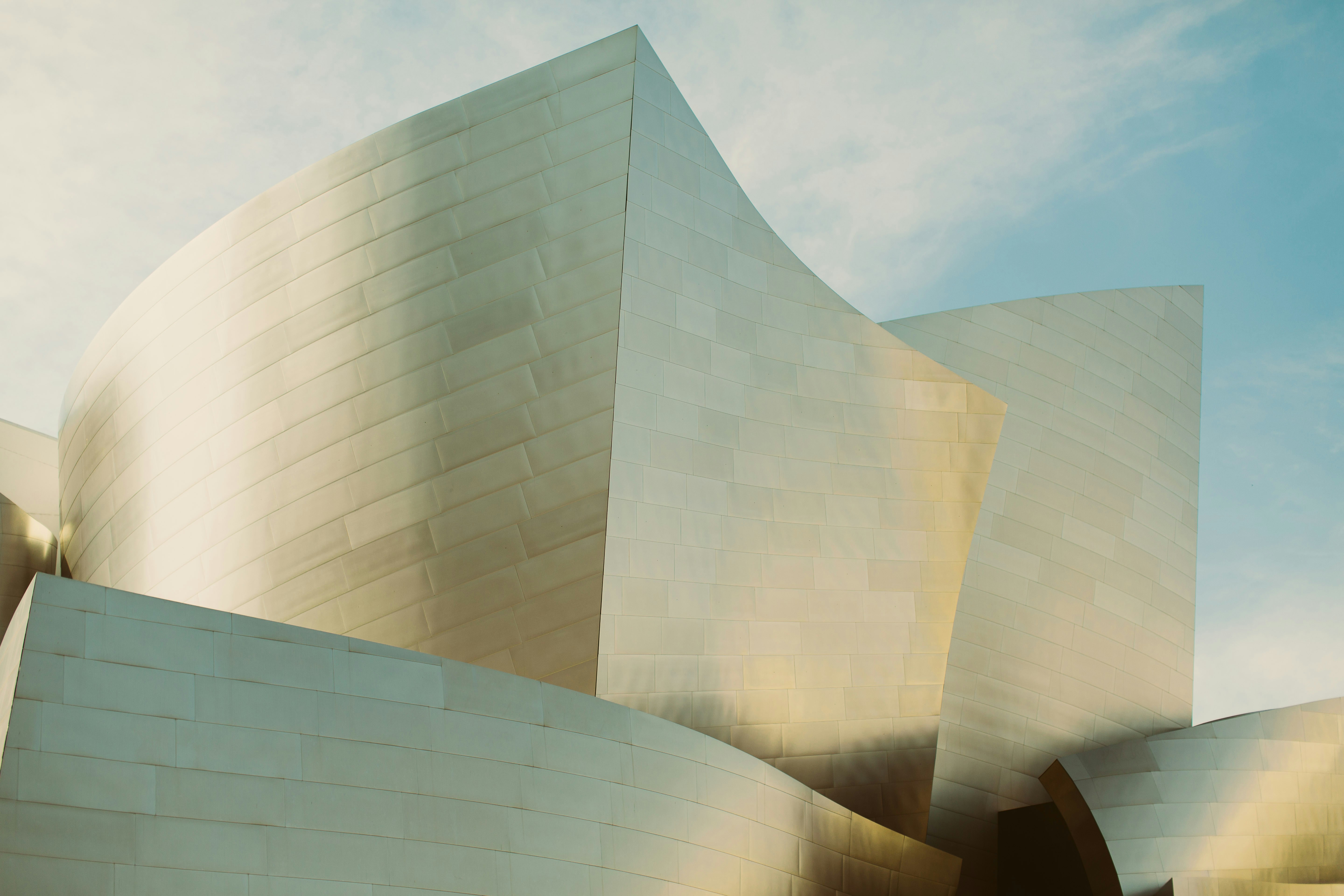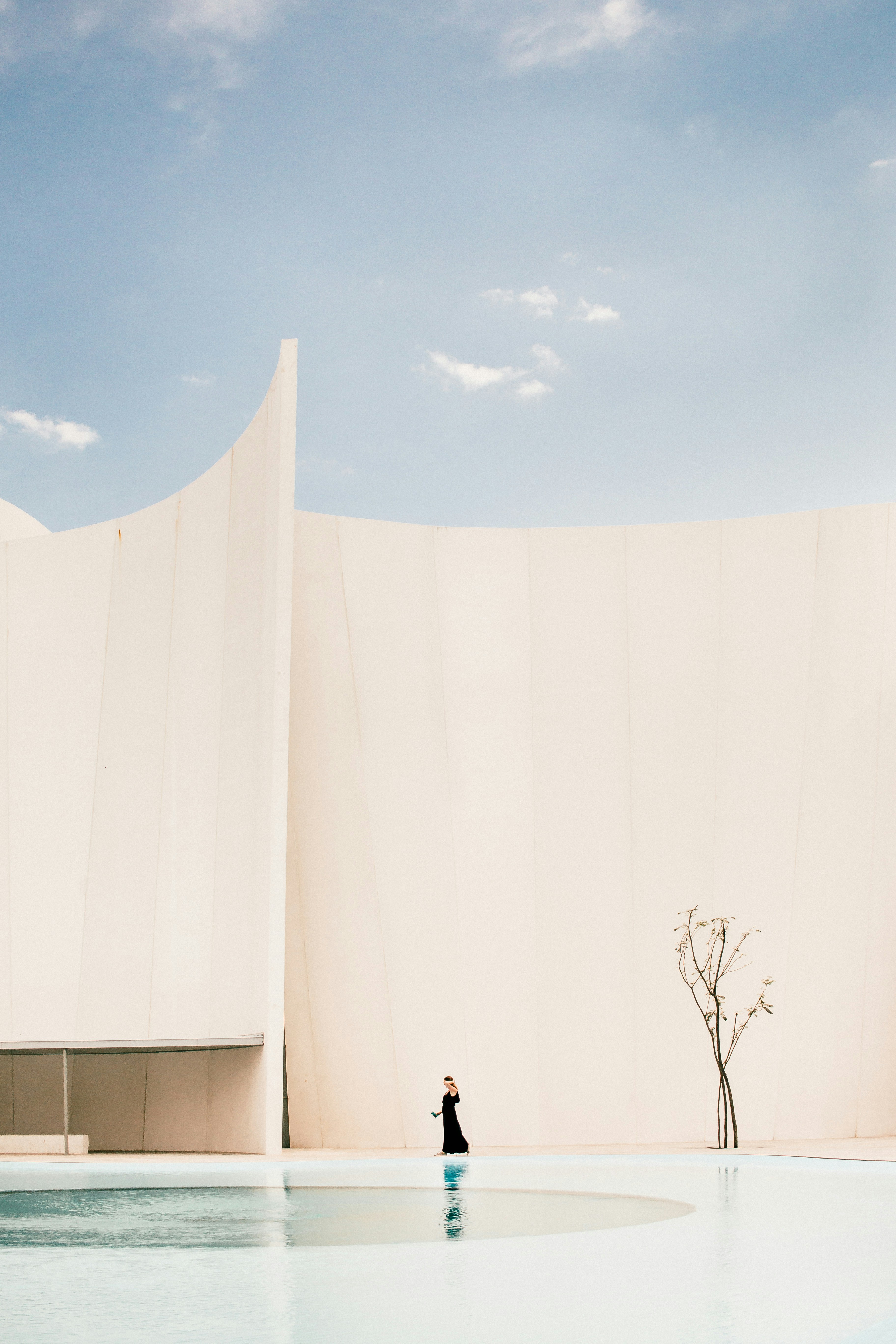The Role of Natural Light in Modern Architecture
Feb 28, 2024

Natural light plays a pivotal role in modern architecture, influencing aesthetics, energy efficiency, and human health. Architects are increasingly focusing on designs that maximize daylight to create sustainable and inviting spaces.
Enhancing Aesthetics
Natural light accentuates architectural features and materials, bringing out textures and colors that artificial lighting can't replicate. It creates dynamic spaces that change with the time of day and seasons.
Energy Efficiency
Utilizing natural light reduces the need for artificial lighting, lowering energy consumption and costs. Strategic placement of windows, skylights, and light wells can illuminate interiors effectively.
Health and Well-being
Exposure to natural light has proven benefits for physical and mental health. It regulates circadian rhythms, improves mood, and increases productivity. Incorporating ample daylight contributes to healthier living and working environments.
Design Techniques
Orientation: Positioning buildings and windows to capture optimal sunlight.
Glazing Technologies: Using double-glazed or low-emissivity windows to control heat gain and loss.
Light Shelves and Reflectors: Devices that direct sunlight deeper into buildings.
Conclusion
Natural light is an essential element in modern architecture, offering aesthetic beauty and practical benefits. By harnessing daylight, architects can create spaces that are energy-efficient and enhance the well-being of occupants.

